LightShift LVIRA: Light Field Camera for Spectral and Polarization Imaging
Surface Optics Corporation, a Californian company specialising in optical property characterization, recently introduced a new camera which combines three major imaging fields: LightShift LVIRA (light field visible infrared apparatus) is a multimodal camera which simultaneously captures spectral, polarization and light field data.
Spectral imaging, the measurement at multiple, defined wavelenghts, allows us to identify and distinguish between materials that may look the same to the human eye.
Polarization information captures special surface properties of objects, such as reflection characteristics and refractive index, allowing further discrimination power for objects and materials. The third mode, light field imaging, is made possible by a microlens array positioned between the main lens and image sensor, and adds special features like depth estimation, 3D vision, software refocus and dynamic depth of field.
LightShift records up to 16 spectral bands on a 4.2 Megapixel CCD sensor (2048 x 2048) at 30 frames per second. Data is processed in real-time at 30 fps and produces images at 512×512 pixels effective resolution. The main lens has a focal length of 66 mm and aperture of 2.7.
The camera’s special filter tray has a 4×4 matrix, allowing for 16 customizable bandpass filters for spectral imaging (400-1000 nm), or 12 spectral filters and 4 polarizers.
Surface Optics says that LightShift LVIRA is the world’s first commercial imaging system that combines spectral and light field imaging.
Traditionally, spectral imaging applications are based on line-by-line scanning, which takes time and requires subjects to stay very still. In contrast, LightShift captures everything in one snapshot, allowing users to capture in real-life, dynamic situations, both in photos and video.
LightShift LVIRA Technical Specs:
- PERFORMANCE
Spectral Range: 400 – 1000 nm (400-950 nm according to their technical paper)
Spectral Resolution: 25 (average)
Spectral Bands: 16
Spatial Resolution: 512 x 512 pixels
Data Cube Collection Rate: 30 fps
Pixel Pitch (μm): 7.4 (Spectral); 29.6 (Spatial)
LENS
Aperture (F/#): 2.7
Lens Focal Length: 66 mm
ENVIRONMENTAL
Weight: 3.17kg (7 lbs)
Dimensions: 11.43 cm x 13.97 cm x 25.4 cm (4.5 in. x 5.5 in. x 10 in.)
Power: 12 VDC; < 12W
System Interface: USB
A LightShift prototype can be seen in action in the following video clip, showing how multispectral imaging opens new perspectives into the camouflage of octopus and cuttlefish:
Technical details can be found in this scientific publication:
McCormick K., Nascimento J.M., Hendricks L. 2018. Advanced imaging system with multiple optical sensing modes. Proceedings Vol. 10644, Algorithms and Technologies for Multispectral, Hyperspectral, and Ultraspectral Imagery XXIV.
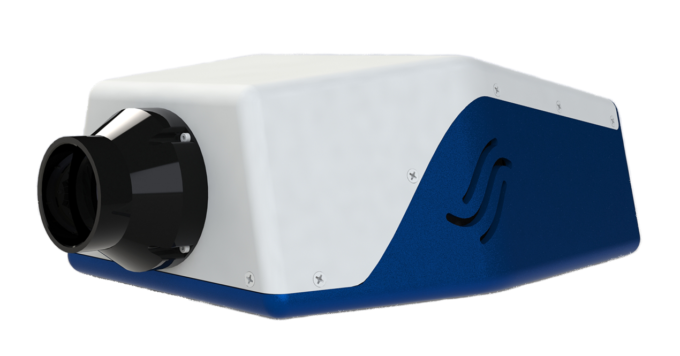

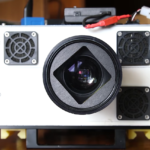
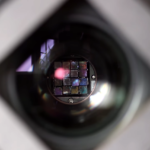
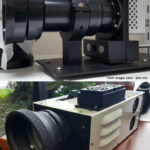

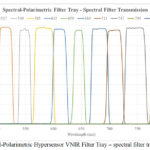


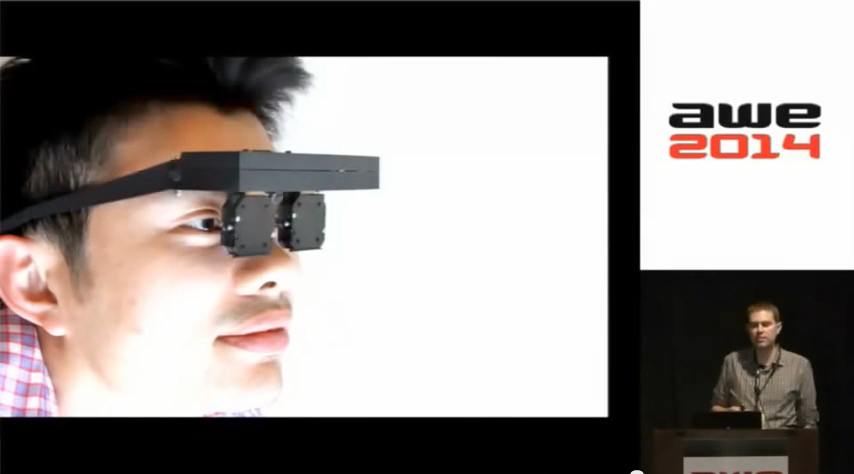
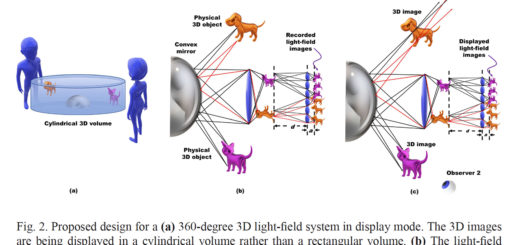




Recent Comments